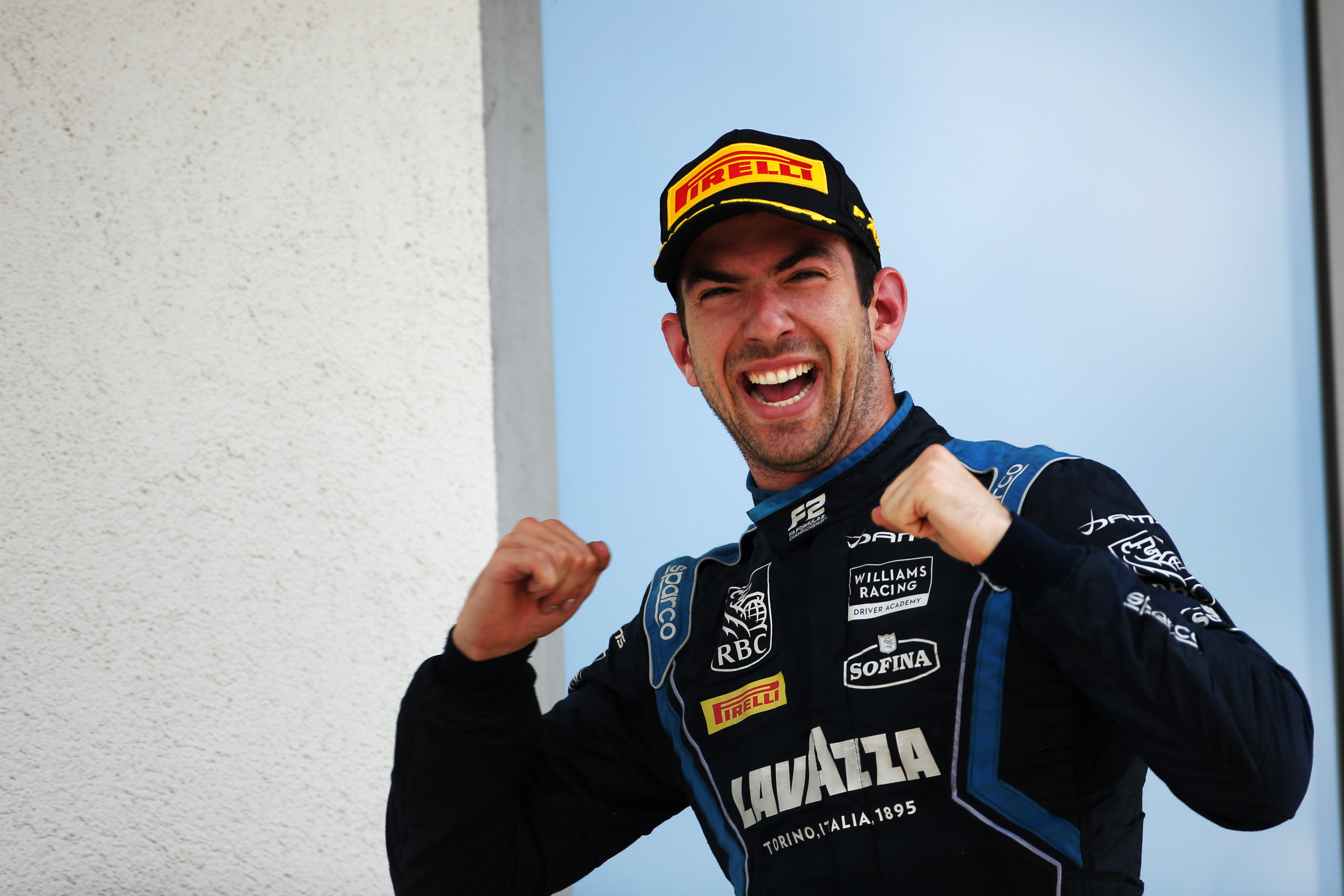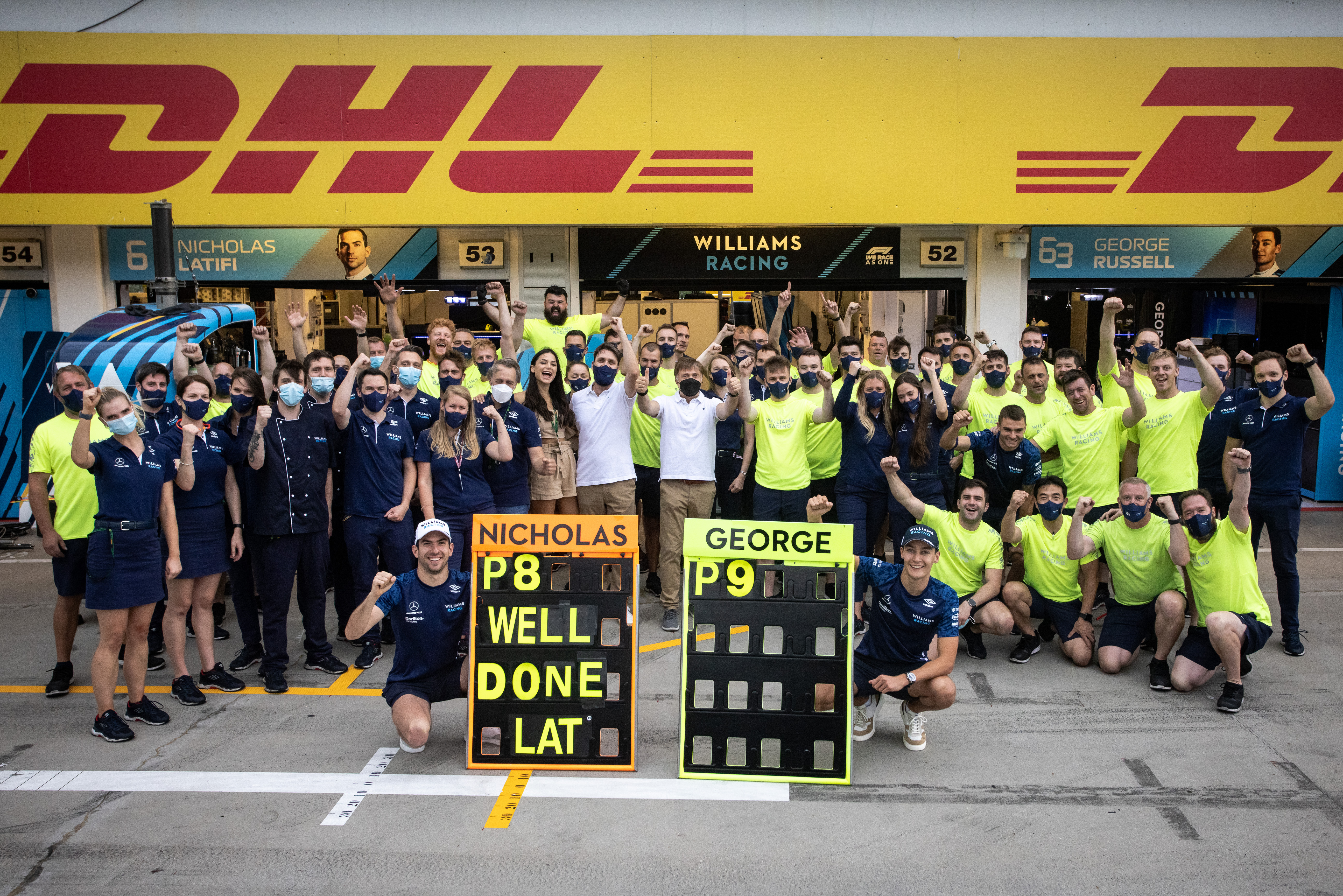Up Next

Nicholas Latifi’s first Formula 1 points finish in the Hungarian Grand Prix couldn’t have been better timed given Williams has yet to finalise its 2022 driver line-up.
But even before that result team boss Jost Capito had said there’s “no reason not to have him in next year”.
That might seem an odd thing to say given Williams has a free choice of drivers thanks to the financial stability achieved after Dorilton Capital bought it last year. As Capito put it at the Hungaroring, “we are not dependent on somebody who brings money”.
Latifi is irrefutably a driver who brings money, and a very substantial amount, to Williams. The 26-year-old has shown himself to be a capable enough F1 driver over the past season-and-a-half, but while he’s a safe enough pair of hands he’s not been at the level of team-mate George Russell.
If money really isn’t a concern, then that logically should mean it’s the end of Latifi’s time with Williams.
That Capito has talked up Latifi in those terms suggests he is likely to stay, and he is not without his merits given the relatively sparse options available to Williams.
As an established Williams driver he offers continuity something that is of value if Russell does move on, and just because Williams doesn’t have to take money doesn’t mean it cannot make use of it. He is not the best driver available on the market, but the relatively sparse options do help his cause.
“When you compare him to George. It’s not that big a difference, especially in the races,” said Capito. “He has good race speed, he brings the car home, he doesn’t make mistakes, he helps the team and is liked by the team.
“And he had a couple of the qualifyings where he had bad luck with the wind conditions that changed from his run to George’s run. Our car is very sensitive to the wind conditions where George was just out there when it was really good for our car.
“And then a couple of minutes later when Nicholas was out, it was the complete opposite. So when we analyse it, this is pretty good so there’s no reason not to have him in next year.”

That’s perhaps slightly generous to Latifi, who has generally exhibited a pattern of struggling to take the steps Russell does through qualifying, often having started the weekend well. Latifi set improving in qualifying as his priority in 2021, but has continued to compare poorly to Russell despite making some progress.
Latifi has only escaped Q1 once, at Imola, and has on average been 0.445% off Russell based on their comparative pace at the point of exit in qualifying. That is a step forward from last year, although his consistent failure to advance to Q2 means he’s generally to be found on the eighth row at best at the start, and misses out on the opportunity to sharpen his skills with further runs.
“He’s been making steady progress, it’s all getting better and he’s doing a decent job,” said Williams head of vehicle performance Dave Robson when asked by The Race about Latifi’s improvement this year.
“If he can get into Q2 more routinely, that will help massively because that opportunity to run three or four sets of tyres in quick succession, you just don’t get during a normal race weekend unless you progress through qualifying.
“That will help not only on that particular day, but it will help him to understand how to get more out of the car in the two runs he typically gets in Q1.
“He just needs to find that tenth or two to get out of Q1 more often and I think he will get a lot better a lot more quickly.”

There’s nothing in Latifi’s history, which is that of a decent driver but one of limited potential, to suggest he will ever get to the level of Russell. But he has other qualities that make him a sensible, if conservative, fit for next year provided Williams can land a seriously fast lead driver alongside him.
The value of continuity should not be underestimated, especially with so much changing for 2022, and his race performances have generally been stronger than those on Saturday. His error-free run in Hungary exemplified that, driving well after catapulting up the order thanks to staying out of trouble at Turn 1.
“It’s extremely important,” said Latifi after finishing eighth on-the-road in Hungary, prior to Sebastian Vettel’s exclusion, when asked by The Race about the significance of the result.

“My ambition is to stay with the team for next year. I don’t have anything secured right now, so all of this can only really help.
“But this is a one off result, we took advantage of an opportunity, but ultimately there’s still a lot of races to go to keep making improvements on my side and show the team I want to stay here and help them push forward.”
The question is whether Latifi’s qualities, and the cash that comes with him, compensates for the fact that he’s not one of the fastest options available.
Valtteri Bottas is an obvious target if dropped by Mercedes, but is also an Alfa Romeo target and might prefer not to return to his former team.
Beyond that the experienced hands are those who have been deemed surplus to requirements elsewhere such as Nico Hulkenberg, Alex Albon and Daniil Kvyat. All have their merits, but would take time to integrate with the team.
Williams might well go for one fast rookie next year and there are certainly options available, including Alpine-contracted Oscar Piastri and Guan Yu Zhou. But it needs one experienced driver, and Latifi could fit the bill.
Latifi is perhaps an uninspired choice, and one that falls short of the team’s grand ambitions, but he’s a solid, sensible stop-gap option for a team that could be in a far better position to attract driver talent for 2023.
So while it’s stretching a point to say there’s “no reason not to have him”, in the circumstances you can see why Williams might favour the safe – and lucrative – option.






